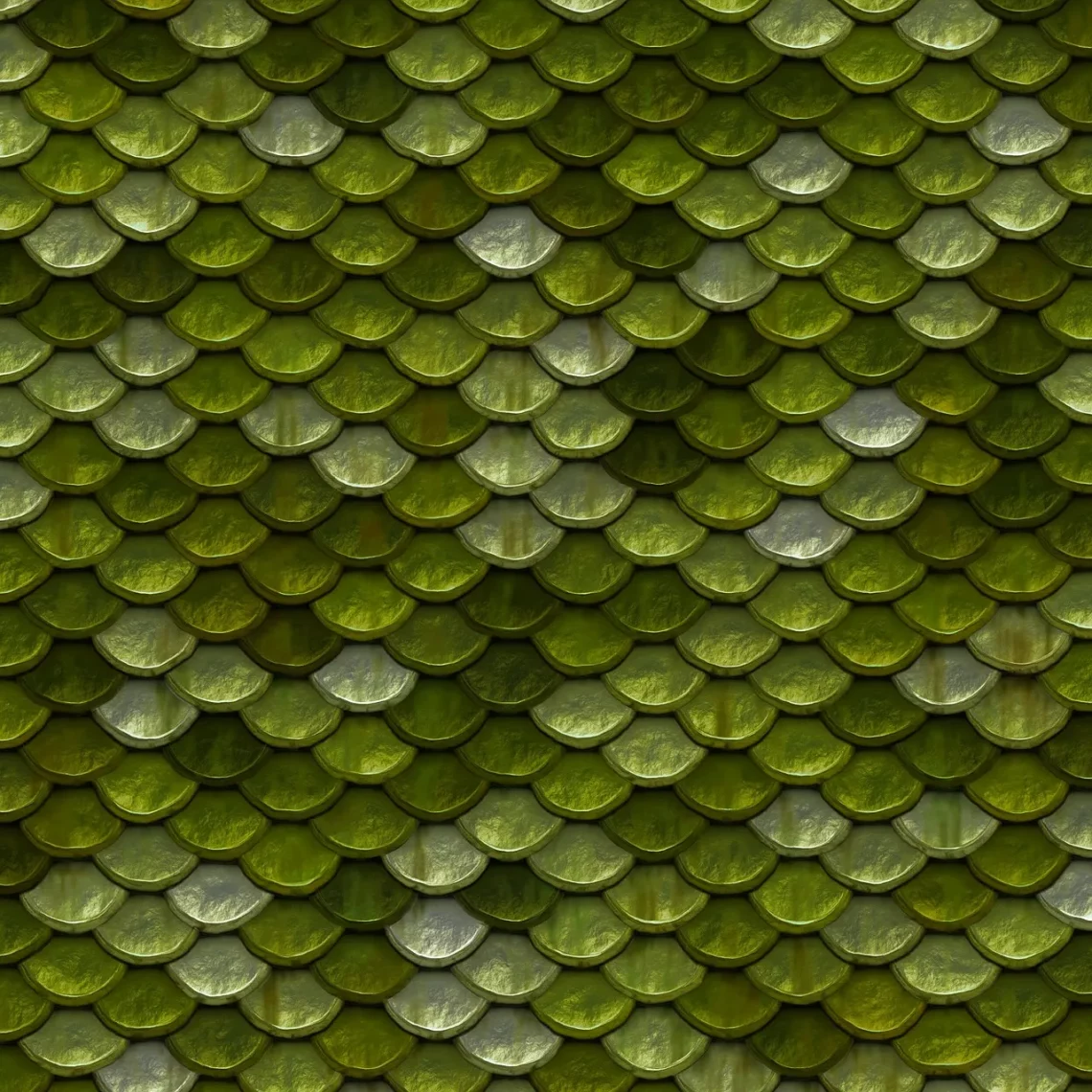
Managing Dandruff on a Bald Head: Tips and Solutions
Managing dandruff can be a challenge for anyone, but when it comes to individuals with a bald head, it poses unique considerations. The scalp, even when devoid of hair, is still susceptible to various skin conditions, including dandruff. This condition is often characterized by flaking skin, which can be both uncomfortable and embarrassing. Factors such as dry skin, fungal infections, and sensitivity to hair products can all contribute to the development of dandruff. For those who are bald, the absence of hair can mean that any visible flakes are more noticeable, creating a need for effective management strategies.
Understanding the causes of dandruff is essential in addressing the issue. It’s not merely a cosmetic problem; it can affect one’s confidence and self-image. Additionally, the scalp requires care just like any other part of the body. Proper hygiene, moisturizing, and possibly even dietary changes can play significant roles in managing dandruff effectively. By implementing the right techniques and solutions, individuals can maintain a healthy, flake-free scalp, regardless of their hair status.
To navigate this topic effectively, let’s delve into some practical tips and solutions for managing dandruff on a bald head.
Understanding the Causes of Dandruff
Dandruff is often misunderstood, with many attributing it solely to poor hygiene. However, this skin condition can arise from various underlying factors. One of the primary causes is seborrheic dermatitis, a common skin condition that affects the scalp. It leads to an overproduction of oil, which can cause the skin to flake. In some cases, the skin may become red and itchy, leading to discomfort in addition to visible flakes.
Another contributing factor is the presence of a yeast-like fungus known as Malassezia. This fungus is naturally found on the skin but can sometimes overgrow, leading to irritation and dandruff. When the balance of oils on the scalp is disrupted, it creates an environment conducive to fungal growth. This is particularly relevant for those with oily skin, as excess sebum can exacerbate the problem.
Dry skin is another common culprit. During colder months or in dry climates, the scalp may lose moisture, leading to dryness and flaking. Unlike seborrheic dermatitis, dry skin dandruff is usually less oily and may appear as small, white flakes. Environmental factors, such as exposure to harsh weather or indoor heating, can significantly impact scalp health.
Moreover, sensitivity to hair care products can trigger or worsen dandruff. Some individuals may react negatively to certain ingredients in shampoos, conditioners, or styling products. This reaction can lead to irritation and increased flaking. It’s essential to be aware of the products used and to consider switching to gentler, hypoallergenic options if irritation occurs.
Understanding these causes is crucial for developing an effective dandruff management plan. By identifying the underlying issues, individuals can choose appropriate treatments and lifestyle adjustments that promote a healthier scalp and reduce flaking.
Effective Hygiene Practices
Maintaining proper hygiene is vital for managing dandruff, especially for those with a bald head. While it may seem that less hair means less need for hair care, the scalp still requires regular attention. Establishing a consistent cleansing routine can help prevent the buildup of oils and dead skin cells, which contribute to dandruff.
Using a gentle, sulfate-free shampoo is recommended to cleanse the scalp without stripping it of its natural oils. Look for shampoos specifically formulated for dandruff, as they often contain active ingredients like zinc pyrithione, selenium sulfide, or ketoconazole. These ingredients target the underlying causes of dandruff, such as fungal growth or excess oil production.
The frequency of washing will depend on individual scalp conditions. For those with oily scalps, washing every day or every other day may be beneficial to remove excess oil. Conversely, if the scalp is prone to dryness, washing less frequently may help retain moisture. It’s essential to find a balance that works best for your scalp type.
In addition to using the right shampoo, incorporating scalp exfoliation into your routine can help. Gentle exfoliating scrubs designed for the scalp can remove dead skin cells and product buildup. This practice can promote healthier skin and reduce the likelihood of dandruff. However, be cautious not to over-exfoliate, as this can lead to irritation and exacerbate the problem.
After cleansing, moisturizing the scalp is equally important. While it may seem counterintuitive, applying a lightweight, non-comedogenic moisturizer can help hydrate the scalp and prevent dryness. Look for products with soothing ingredients like aloe vera or tea tree oil, which can provide relief from irritation and promote a healthy scalp environment.
Overall, establishing effective hygiene practices is a cornerstone of dandruff management. By being mindful of the products used and the frequency of washing, individuals can significantly improve their scalp health and reduce dandruff.
Diet and Lifestyle Changes
Diet and lifestyle choices can significantly influence scalp health and play an essential role in managing dandruff. A well-balanced diet rich in vitamins and minerals can help support healthy skin and reduce flaking. Foods high in omega-3 fatty acids, such as salmon, walnuts, and flaxseeds, can promote skin hydration and overall health.
Incorporating foods rich in antioxidants, such as fruits and vegetables, can also be beneficial. Antioxidants help combat oxidative stress, which can contribute to skin irritation and inflammation. Additionally, B vitamins, particularly biotin, play a crucial role in maintaining skin health. Including whole grains, legumes, and nuts in your diet can help ensure you get an adequate intake of these essential nutrients.
Staying hydrated is another crucial aspect of scalp health. Drinking enough water throughout the day can help keep the skin, including the scalp, well-hydrated. Dehydration can exacerbate dryness and lead to increased flaking. Aim to drink at least eight glasses of water a day, adjusting based on individual activity levels and environmental conditions.
Lifestyle factors, such as stress management, also play a role in dandruff. Stress can trigger or worsen skin conditions, including dandruff. Engaging in regular physical activity, practicing mindfulness, and ensuring adequate sleep can help reduce stress levels and promote overall well-being.
Limiting the consumption of processed foods, sugars, and dairy may also be beneficial for some individuals. These foods can trigger inflammation and may exacerbate skin conditions. Monitoring your diet and noting any changes in scalp health can help identify specific triggers and guide dietary adjustments.
Overall, adopting healthy dietary and lifestyle habits can have a positive impact on scalp health and help manage dandruff effectively. A holistic approach that combines nutrition, hydration, and stress management can lead to a healthier, flake-free scalp.
Seeking Professional Help
While many individuals can manage dandruff effectively with home remedies and lifestyle changes, there are instances when professional help may be necessary. Persistent or severe dandruff that does not respond to over-the-counter treatments may indicate an underlying condition that requires medical attention.
Dermatologists specialize in skin conditions and can provide a thorough evaluation of the scalp. They may recommend prescription-strength shampoos or topical treatments that are more potent than over-the-counter options. These treatments may contain higher concentrations of active ingredients that target fungal growth, inflammation, or excess oil production.
In some cases, a dermatologist may suggest additional tests to rule out other skin conditions, such as psoriasis or eczema, which can mimic dandruff symptoms. Understanding the specific diagnosis can help tailor the treatment plan and ensure effective management.
For individuals who experience significant discomfort due to dandruff, seeking professional help can provide relief and reassurance. Dermatologists can offer guidance on the best practices for scalp care, helping to create a personalized treatment plan that addresses individual needs.
In conclusion, managing dandruff on a bald head requires a multifaceted approach. By understanding the causes, maintaining effective hygiene practices, making dietary and lifestyle changes, and seeking professional help when necessary, individuals can keep their scalp healthy and flake-free.
**Disclaimer:** This article is not intended as medical advice. For any health concerns or medical conditions, please consult a qualified healthcare professional.




